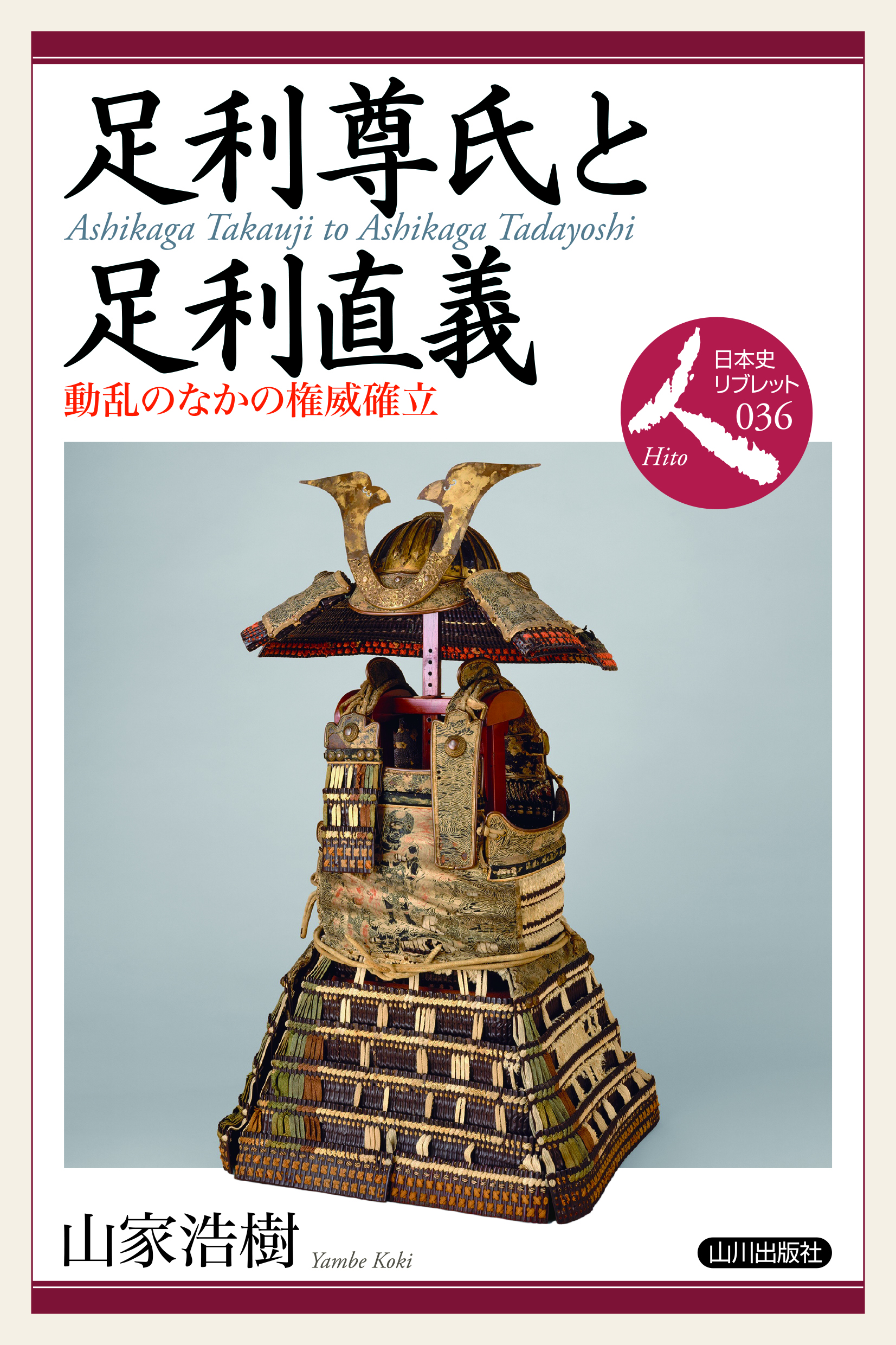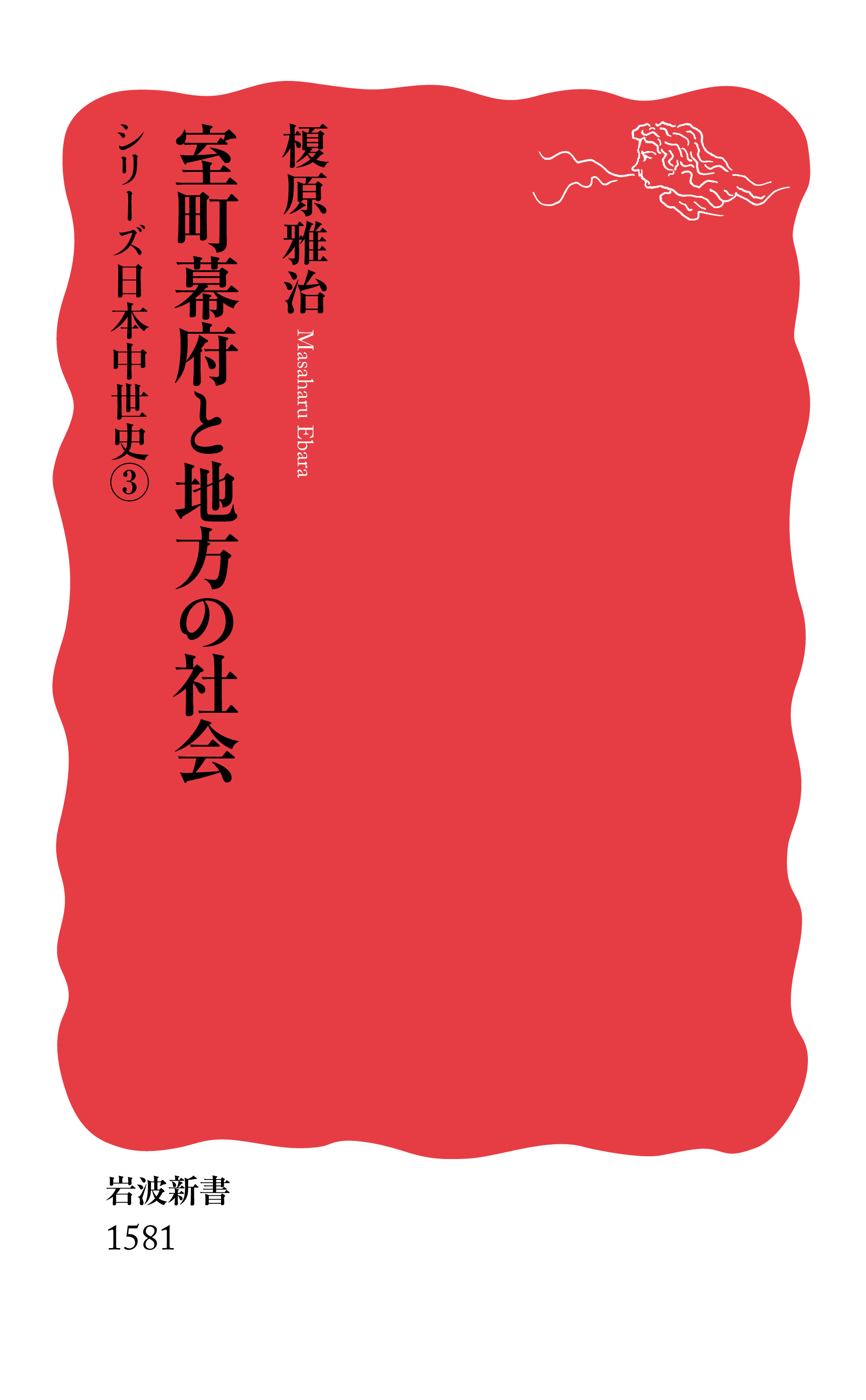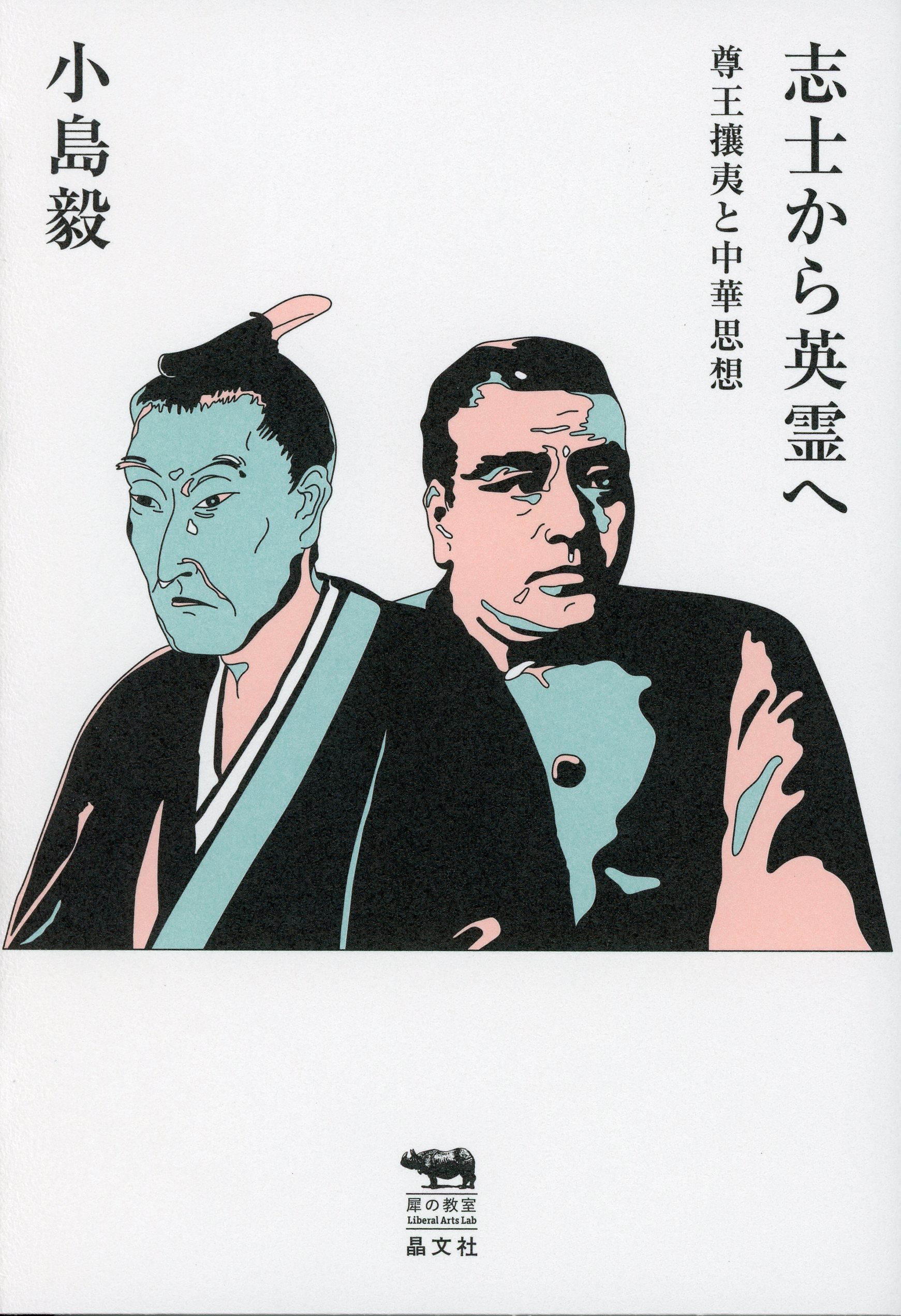
Title
Libretti of Figures in Japanese History Ashikaga Takauji to Ashikaga Tadayoshi (Ashikaga Takauji to Ashikaga Tadayoshi: The Establishment of Authority in the Midst of Upheaval)
Size
104 pages, A5 format
Language
Japanese
Released
December, 2018
ISBN
978-4-634-54836-7
Published by
Yamakawa Shuppansha
Book Info
See Book Availability at Library
Japanese Page
This is a book in the 100-volume series Libretti of Figures in Japanese History, which takes up one hundred people who have lent colour to Japan’s history. This book deals with Ashikaga Takauji, the first shogun of the Muromachi shogunate, and his younger brother Ashikaga Tadayoshi, who took charge of administrative affairs. They both lived in the first half of the fourteenth century.
Ashikaga Takauji is often understood as having been in conflict with his younger brother Tadayoshi. Tadayoshi took charge of political affairs, while Takauji discharged the bare minimum of his obligations as the head of a warrior family, granting rewards to his soldiers. But about thirteen years after the establishment of the Muromachi shogunate, Tadayoshi found himself in political strife with supporters of his elder brother Takauji. After losing his position and then being reinstated several times within a short period of time, Tadayoshi fled in the face of attacks by Takauji’s troops to Kamakura, where he died. It is probably because of the strong impression made by Tadayoshi’s final years that Takauji and Tadayoshi are often understood as rivals.
But until the conflict between them surfaced, the situation in and around Kyoto had been surprisingly peaceful, notwithstanding the ongoing conflict with the Southern Court. In order to maintain stability of government, Takauji and Tadayoshi respected each other and managed the shogunate jointly. Therefore, although this book traces the lives of these two figures, the period when the Muromachi shogunate was established and their rivalry, which are well known, are covered only briefly, and I have endeavoured to analyze their joint rule during the peaceful period.
Among issues concerning their joint rule, I pay particular attention to the establishment of their legitimacy as rulers. Although the Ashikaga family was of good lineage, under the Kamakura shogunate they had been no more than retainers of the shogun. Takauji, Tadayoshi, and their supporters would no doubt have taken great pains to establish their positions as head of a warrior family and as shogun and to be recognized as men worthy of managing a warrior government.
Grounds cited for asserting their legitimacy included the fact that the Ashikaga family were direct descendants of the Genji family—i.e., successors of Minamoto no Yoritomo—and were also successors of the Hōjō family, who had held the real political power during the Kamakura period, and of the emperor Go-Daigo, who led the Kenmu régime. I thus analyze in this book how Takauji and his associates performed memorial services for Yoritomo, the Hōjō family, and Go-Daigo to demonstrate their position as successors to these people, how Takauji claimed at various times that he was Yoritomo’s successor, and how the assertion that the Ashikaga family was directly descended from the Genji family was attributed to ancestral oral traditions or divine revelation and appeared in various kinds of discourse.
The fact that Takauji was prone to negative thinking has drawn attention when discussing the personalities of Takauji and Tadayoshi, and the fact that Takauji did not take centre stage in government is often understood in connection with this propensity. But one cannot dispel the suspicion that he may have acted in this way after careful consideration, and I believe that Takauji’s plans for his government need to be further examined.
Lastly, I examine how Takauji and Tadayoshi were treated after their deaths by their descendants. Few of the policies implemented by Takauji and Tadayoshi were carried over by Ashikaga Yoshimitsu and later shoguns, and the efforts they had made to establish their authority moved on to a new stage. Various reasons for this can be adduced, and I point out that there would probably have existed an attitude that sought to regard Tadayoshi, who had ended up being repudiated, as having belonged to an anti-mainstream group within the Ashikaga family and to label him as someone who ought to be consigned to oblivion.
(Written by YANBE Kouki, Professor, Historiographical Institute / 2019)



 Find a book
Find a book



